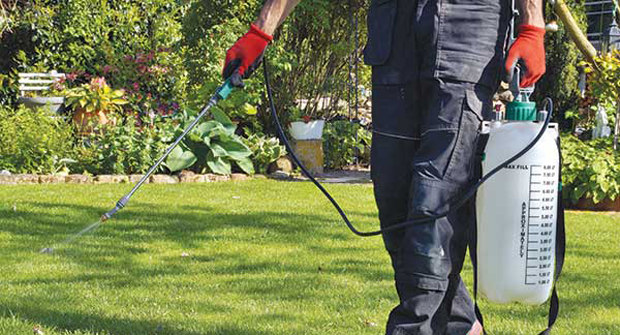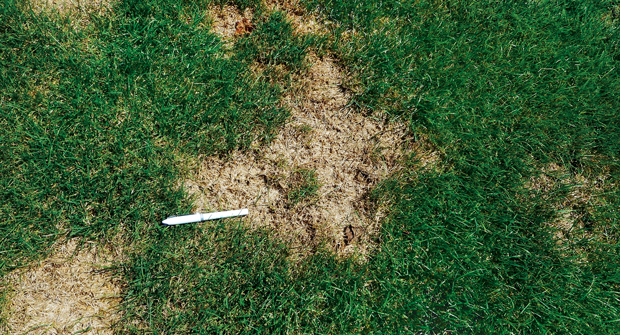Prime Source is the exclusive distributor of two biological nematicides, Zelto and Crescendo. Bret Corbett, director of technical services for Prime Source, sat down with LM to share the innovations in these biological products and why LCOs should pay attention.
Landscape Management: What are some misconceptions lawn care operators have about biologicals?

Bret Corbett: There are a bunch of things that go into biologicals, and for years biologicals had to be stored and kept a certain way. It was really difficult for LCOs to optimize using them. You had to store them in a climate-controlled room or freezer because everything you were dealing with had a lot of living bacteria or a lot of fungi. You had to make sure that you kept whatever it was in that product alive for however long you were going to plan on using them. The shelf life was usually pretty short.
There are a bunch of misconceptions about biologicals, especially when it comes to the shelf life of the products. For years biologicals had to be stored a certain way because of the live bacteria and fungi that made up these products. It was difficult to utilize these products because of the short shelf life. For our biological line, this isn’t the case, and we guarantee the same shelf life as any of our synthetic pesticides.
LM: How does Zelto/Crescendo work, and is that different than a traditional nematicide?
BC: We work with Marrone Bio, we have an exclusive in the turf and ornamental market to supply and sell bionematicides Zelto and Crescendo. These products are different than any other biological in the market because they are heat-killed. Marrone Bio extracts this bacterium, heat kills it, and the extract from this fermentation process provides the active ingredient. The active ingredient is very similar to a synthetic pesticide in the fact you can store it like most pesticides. We also guarantee the same shelf life of our biological line that we do with all of our pesticides.
Zelto and Crescendo can be used either as stand-alone products or in a tank mix. We have seen really good results when tank-mixed spraying once a month. However, we also see really good efficacy when mixed with synthetic pesticides. We like the fact that tank mixing or rotating in a program provides the end user with multiple modes of action. With a lot of synthetic chemistries, you’re limited on the number of applications per year. These biologicals have no annual use limit or annual max rate.
LM: What should LCOs know and understand about using biologicals?
BC: Today’s biologicals are different than the biologicals of the past. Our biologicals are effective, and we’ve got some really good data, especially for controlling nematodes. These are Organic Materials Review Institute (OMRI)certified and don’t have an annual use rate. Another benefit is there is no reentry interval period. Biologicals provide multiple modes of action, and you’re getting plant health benefits. Most biologicals provide an increase in plant health to help them defend again different pests. Lastly, you can use these with other types of chemistries.
LM: Why is a biological nematicide a good thing for the soil, the applicator and the LCO’s clients?
BC: Traditional pesticides can impact the microbes in the soil, but when you’re using organic material, you have a boost in soil microbes. That’s probably an indirect reason we have such strong plant health effects when using our biological products.
LM: What should LCOs expect in the future when it comes to biological products?
BC: Biologicals are a very fast and rapidly growing part of our business. We have a strong research development focus on incorporating our biologicals, as far as techniques as well as premixes with different pesticides. So whether it’s a fungicide, insecticide or nematicide, we plan on putting some of these biologicals in the same tank. We’re looking at more biologicals, as well, since we have a partnership with Marrone. Their R&D team continues to look into different compounds that we could incorporate into the turf market.


